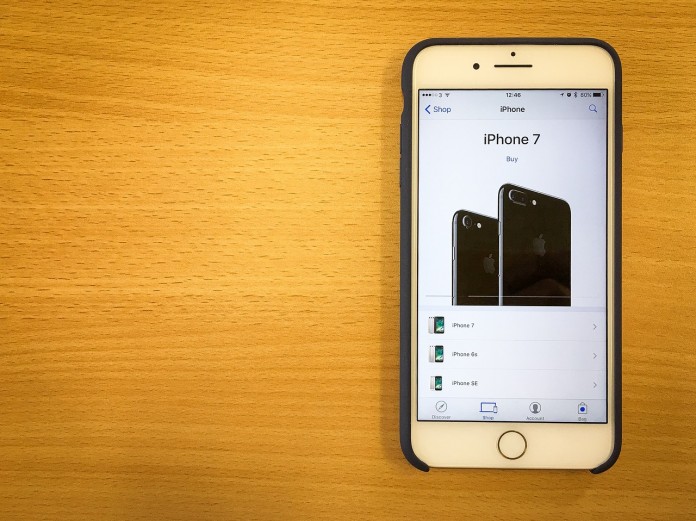It’s hard to believe that the release of the iPhone 7 this month marks the 10th Generation of iPhones. Apple changed the smartphone game forever with the release of the first generation iPhone in 2007, and they continue to up the ante. Since then, smartphones have become so ingrained in our day-to-day lives, many of us can barely imagine our lives without them.
A lot of you may be thinking, “why should I care? I’m an Android user.” True, Android users do outnumber iPhone users by a significant margin, both in the U.S. and worldwide. However, Apple is such a powerhouse and long-time trendsetter, it’s good to take note of their updates and innovations to stay ahead of things.
Overall, the new iPhone is not vastly different from the previous model, the iPhone 6S. There’s an updated camera (per usual), making it easier than ever to get by without a separate digital camera. This is great if you’re trying to step up your Instagram game or quickly take high-quality photos for your website.
The iPhone 7 also upgraded to include the “A10 Fusion chip”, a phrase that means nothing to me but is referred to by Apple as “the most powerful chip ever in a smartphone.” Not only is it more powerful, it is more efficient, which means…longer battery life! This, of course, is great for all iPhone owners, but it’s extra great for uber-busy business owners who do not have time to worry about their phone charge while they’re out at a client meeting or running an event. Another great improvement for everyone, everywhere – the iPhone is finally water-resistant.
Arguably the most relevant hardware change for business owners…the loss of the headphone jack. While the iPhone 7 does come with an adapter in the box (3.5mm headphone jack to Lightning) and the plug-in credit card readers will still work, the experience is not ideal. These card readers can sometimes be finicky anyways, and the loss of stability will likely exacerbate that problem. Third-party payment processors will need to adapt, but that means so will business owners who use this method to accept payment, regularly or sporadically. Square already has an available wireless chip card reader, released after chip cards became more common and recommended by major banks to reduce fraud. If you don’t have a way to accept payment with an insertable chip card, you likely will have to make an update soon. Moving to a wireless reader is a good move anyways so that you don’t have to worry about the eliminated headphone jack.
Just to be clear, I’m not suggesting anyone should upgrade to the new iPhone or switch to Apple products – those are personal decisions. In my opinion, the release of the iPhone 7 is one of their weakest “generation” improvements yet. But, based on how much of an industry-driver Apple has been for the majority of this century, it is important to take note of their direction. If they took out the 3.5mm headphone jack for the iPhone 7, it seems unlikely that they will ever bring it back for future iPhones. It’s entirely possible that other smartphone manufacturers will follow suit.
Find a Home-Based Business to Start-Up >>> Hundreds of Business Listings.















































